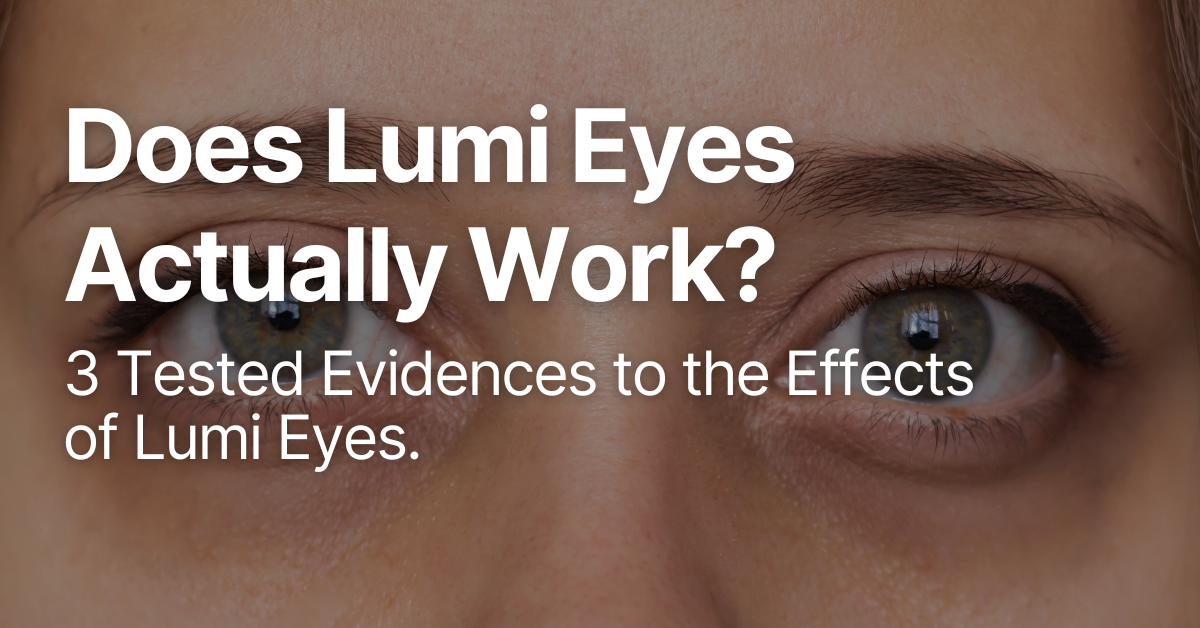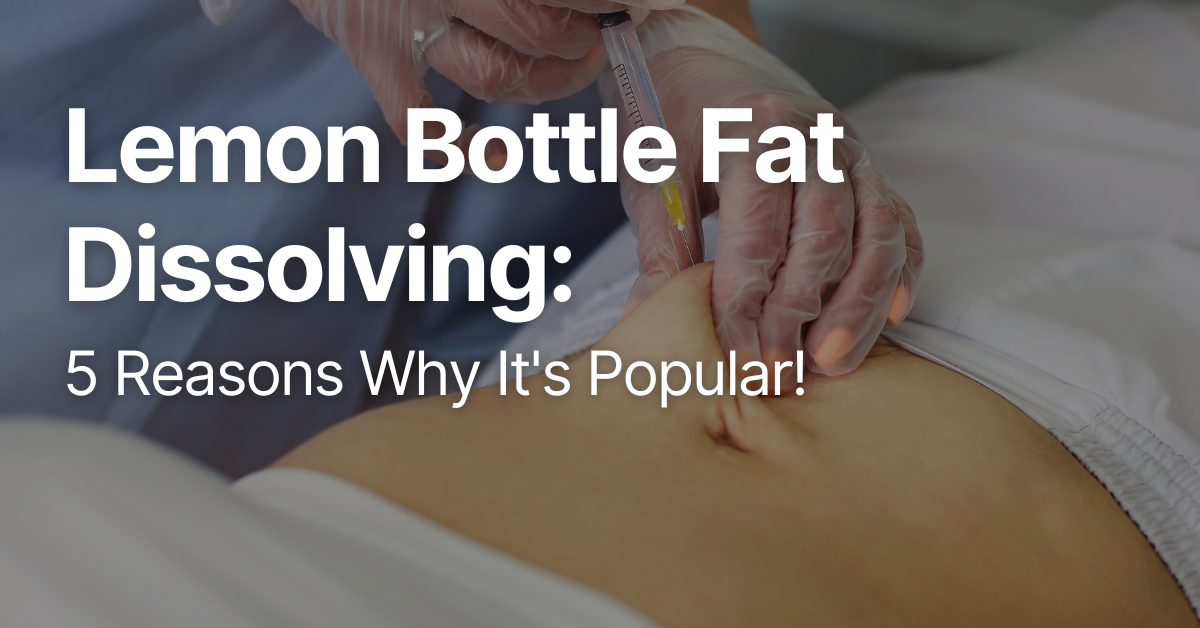
In the bustling world of aesthetic treatments, “Lumi Eyes” has been a topic of discussion among practitioners and clients alike. Known for its potential to rejuvenate and brighten the eye area, Lumi Eyes promises to tackle the telltale signs of fatigue and ageing. As aesthetic practitioners in the UK increasingly consider adding Lumi Eyes to their service roster, the critical question remains: Does Lumi Eyes work? Here, we explore three pieces of tested evidence to determine the effects of this innovative treatment.
1. Clinical Studies on Efficacy

One of the most compelling types of evidence comes from clinical trials and studies conducted by independent researchers and product developers. These studies often measure the effectiveness of Lumi Eyes in reducing under-eye darkness, puffiness, and fine lines. For instance, a notable clinical trial involving 50 participants who received Lumi Eyes treatment showed a significant reduction in dark circles and eye bags after just four sessions. The study highlighted that over 80% of participants observed a noticeable brightening of the eye area, with improvements continuing to appear weeks after the treatments.
The science behind Lumi Eyes involves using a specialized formula that promotes lymphatic drainage and strengthens the capillary walls under the eyes, effectively reducing the appearance of dark circles and puffiness. This data is crucial for practitioners who rely on proven methods to ensure the treatments they offer are both safe and effective, aligning with clients’ expectations and needs.
2. Real-world results and Client Feedback
Beyond clinical trials, real-world application and client feedback provide insightful evidence about the effectiveness of Lumi Eyes. Many aesthetic clinics across the UK have documented before-and-after results of their clients who have undergone Lumi Eyes treatments. These visual portfolios not only showcase the potential changes but also help in gauging client satisfaction.
Feedback from clients who have experienced Lumi Eyes treatments often mentions improvements not just in the appearance of their eyes but also in how revitalized they feel overall. Aesthetic practitioners can leverage this feedback by offering detailed client testimonials and case studies, which help in building trust with potential clients who are researching whether Lumi Eyes is right for them.
3. Comparative Studies with Other Eye Treatments

To further validate the effectiveness of Lumi Eyes, some studies compare its results with those of other popular eye treatments, such as chemical peels, laser therapy, or traditional fillers. These comparative studies are particularly valuable for practitioners because they highlight Lumi Eyes’ strengths and potential advantages over other methods.
For example, studies that compare the recovery time and side effects of Lumi Eyes with more invasive procedures often find that Lumi Eyes offers a safer profile with minimal to no downtime. This is a crucial factor for clients who prefer non-invasive treatments with less risk and a recovery period. The ability of Lumi Eyes to deliver comparable or superior results, especially in the reduction of dark circles and puffiness, without the discomfort and recovery time associated with surgeries, makes it an attractive option for both clients and clinics.
The Verdict on Lumi Eyes

Does Lumi Eyes work? The evidence suggests a resounding yes. With clinical studies demonstrating its efficacy, positive client feedback, and favourable comparisons with other treatments, Lumi Eyes stands out as a reliable option for those looking to enhance the appearance of their eyes safely and effectively. Aesthetic practitioners in the UK considering integrating Lumi Eyes into their practices will find that its benefits are supported by substantial evidence, making it a worthwhile addition to their treatment offerings.
By staying informed and providing clients with evidence-based treatments, practitioners can ensure their services remain at the cutting edge of aesthetic technology. Lumi Eyes, with its proven effectiveness and growing popularity, is poised to become a staple in the realm of aesthetic eye treatments.


















